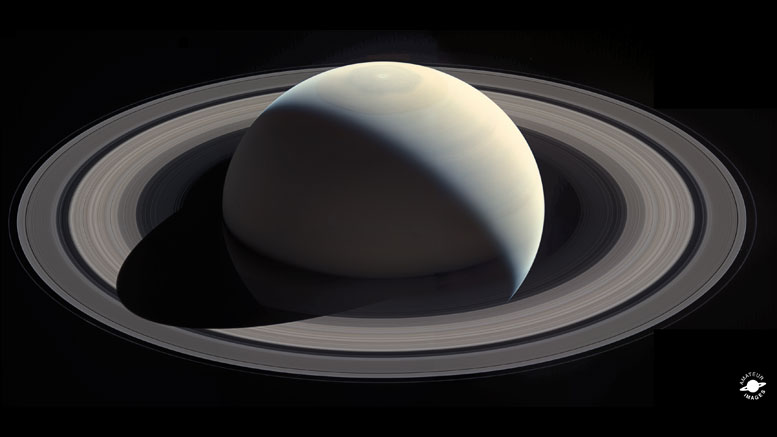
From the Producer: A few technical details: the product consists of 21 frames across 7 footprints, filtered in groups of Red, Green, and Blue. The sequence was captured by Cassini over the course of 90-plus minutes on the morning of October 28th. Only three moons are visible as far as I’m able to ascertain: Epimetheus (just above the right ansa, near Saturn); and Atlas and Prometheus (at the tip of the left ansa). Pan is too faint to be detectable, and Janus must be just out of frame.
Using Cassini’s images, amateur astronomers create their own spectacular scenes.
Although the motivation behind NASA’s Cassini mission to Saturn was scientific, part of the planet’s allure has long been in its undeniable physical beauty.
Since Cassini arrived at Saturn in 2004, dramatic views from the spacecraft’s imaging cameras — and other sensors that observe in infrared, ultraviolet and radio frequencies — have revealed the ringed planet and its moons in unprecedented detail for scientists to study.
Images taken by Cassini’s cameras are published directly to the web shortly after they’re received from the spacecraft, making them available for anyone to peruse and enjoy. And thus, throughout the journey, a dedicated community of space exploration enthusiasts has ridden along, sharing and discussing Cassini’s images, often processing them to create their own spectacular scenes.
“We’re so gratified that Cassini’s images have inspired people to work with the pictures themselves to produce such beautiful creations,” said Linda Spilker, Cassini project scientist at NASA’s Jet Propulsion Laboratory, Pasadena, California. “It’s been truly wonderful for us to feel the love for Cassini from the public. The feeling from those of us on the mission is mutual.
- From the producer, Val Klavans: “Here’s Cassini’s view of Enceladus within Saturn’s E ring on July 19, 2013. The camera was pointing toward SATURN-ERING at approximately 740,000 miles away, and the images were taken using the CL1, RED, BL1 and GRN filters.”
- From the producer, Roseann Arabia: “This is an adaption of the Cassini Raw Image #W00086402. “Editing and color enhancement of the image was performed in Photoshop using filtering, effects, masking, and several tool and brush techniques.”
- From the producer, Jason Major: “This is an RGB-composite of Saturn’s moon Titan made from raw Cassini images acquired on Jan. 2, 2014. The moon’s south polar vortex can be seen just along the terminator, as well as its cyan-colored upper-level haze layer.”
Cassini Inspires
To celebrate the many ways Cassini’s exploration of Saturn has sparked curiosity and wonder, the mission is launching a campaign planned to continue through the mission’s dramatic conclusion in September.
The activity, called “Cassini Inspires” invites members of the public to share their original Saturn-inspired artistic creations in a variety of different media (including painting, music, poetry, fiction, video or any format that can be shared online). To participate, artists post their creations on the social media platform of their choice, and tag them #CassiniInspires. For more information, visit: https://saturn.jpl.nasa.gov/cassiniinspires
Launched in 1997, Cassini has been touring the Saturn system since arriving in 2004 for an up-close study of the planet, its rings and moons, and its vast magnetosphere. Cassini has made numerous dramatic discoveries, including a global ocean with indications of hydrothermal activity within the moon Enceladus, and liquid methane seas on another moon, Titan.
The mission is in its penultimate phase, performing weekly ring-grazing dives just past the outer edge of Saturn’s main rings. In April, the spacecraft will begin its Grand Finale, plunging through the gap between the rings and the planet itself, leading up to a fateful plunge into Saturn on September 15.

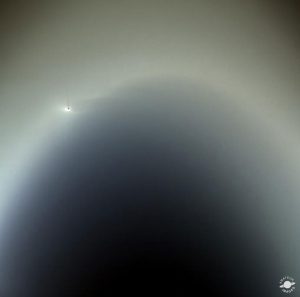
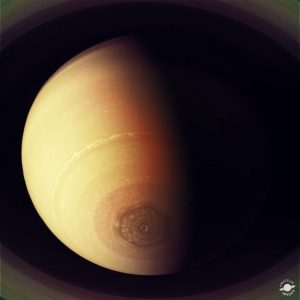
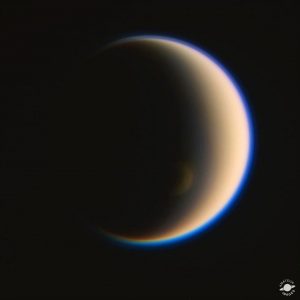
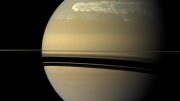

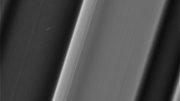
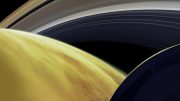

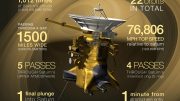
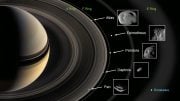
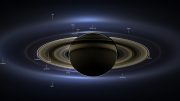
Well, this is really impressive!